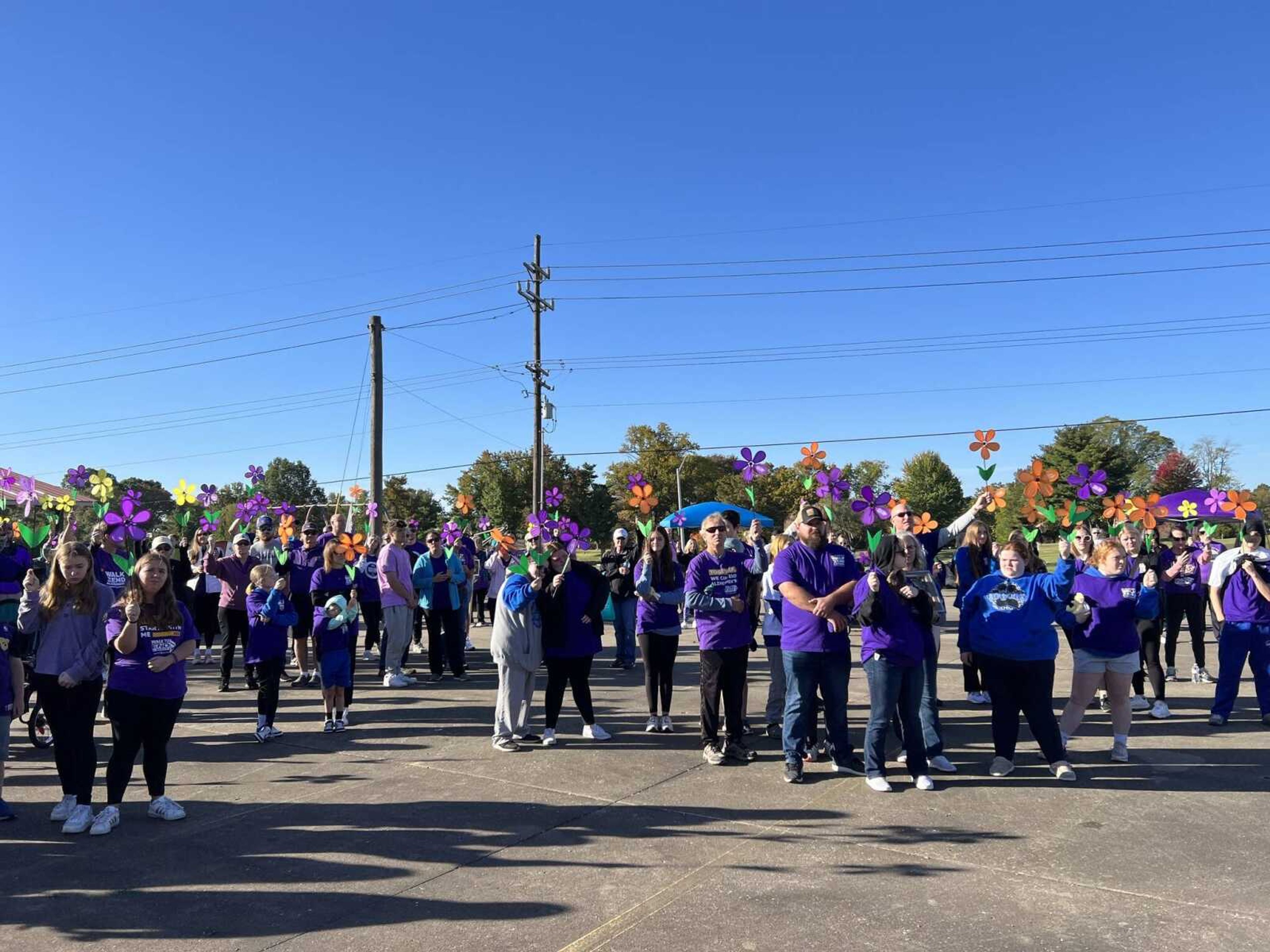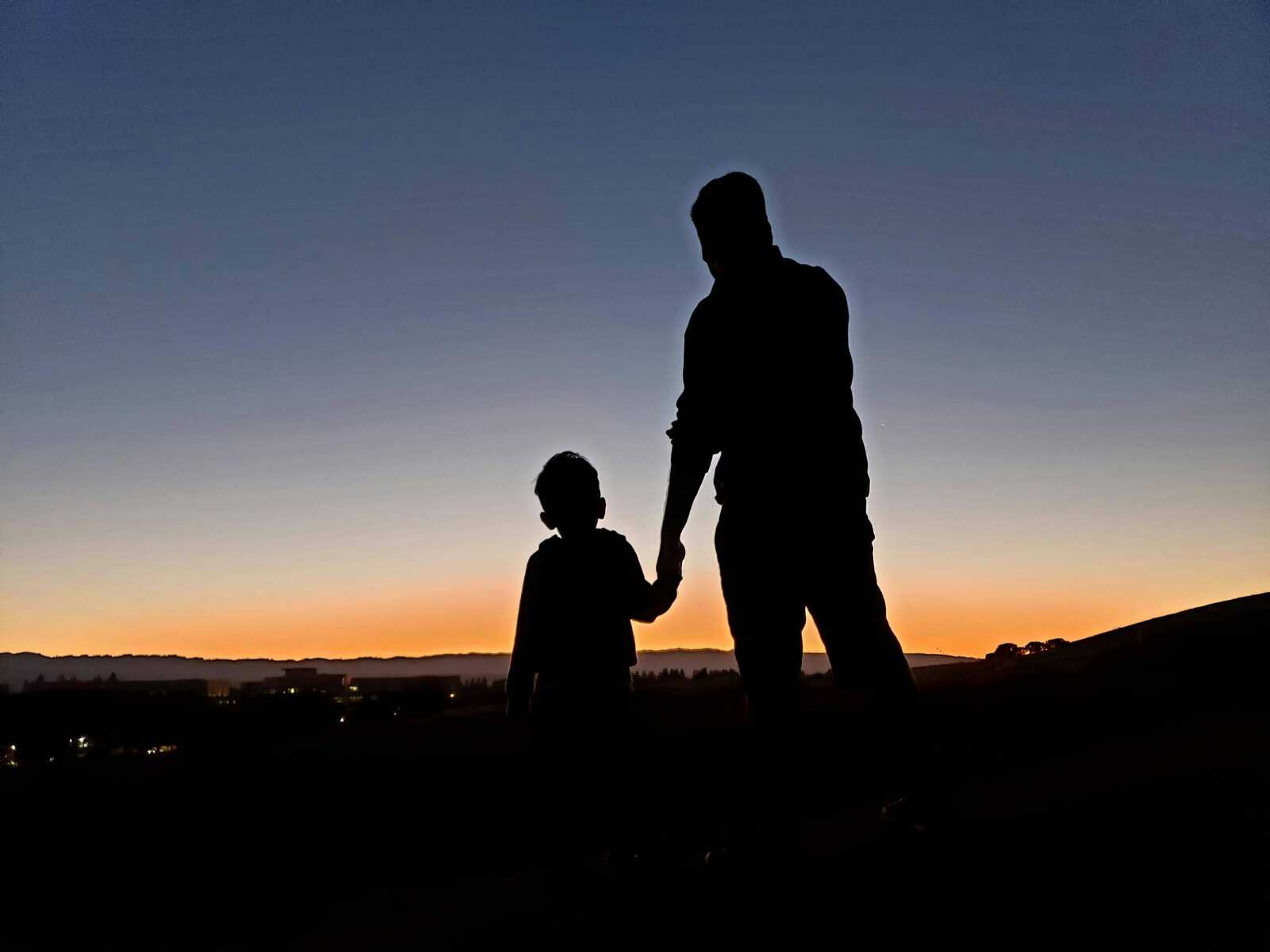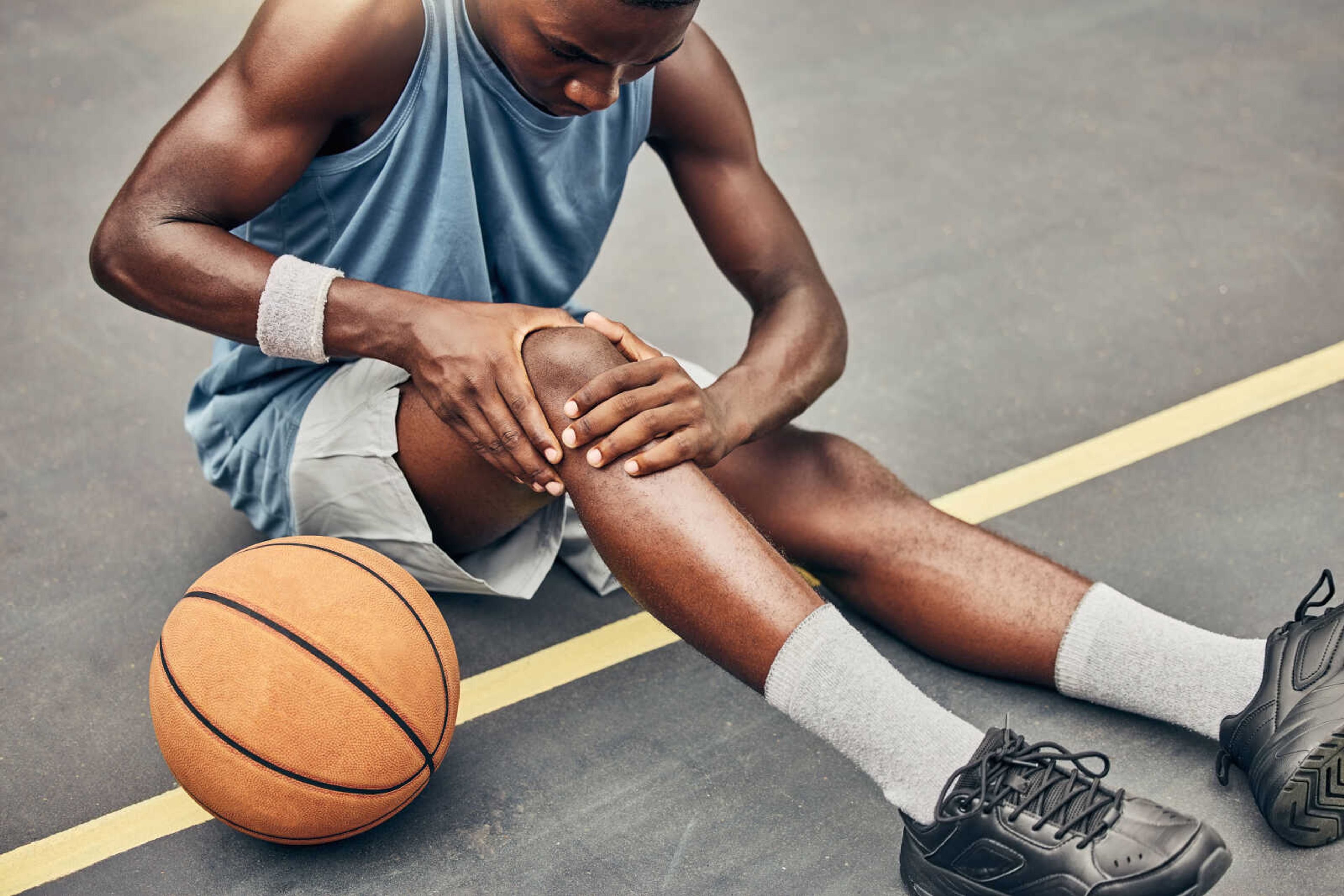Summer safety: Make sure your family is protected this summer
Tips for keeping your family safe in the sun and surf this summer from HealthWatch magazine.
SUN SCREEN
For decades, having a suntan was considered to be a sign of wealth and good health. But nowadays we know better. We now know that sun exposure is a major factor in the development of skin cancer. One type of skin cancer, malignant melanoma, is the sometimes deadly result of blistering sunburns that occurred earlier in life, such as during childhood and adolescence.
Other forms of skin cancer are also related to repeated sun exposure that cause changes in the skin's structure every time it is exposed to sunlight.
Since their working schedule requires them to be outside for long periods of time, people who work on farms are particularly at high risk of developing skin cancer.
Unfortunately, many people wrongly believe that "once you're tanned, you can't get a sunburn." It is these people who are more likely to disregard the importance of properly protecting their skin from the harmful effects of the sun. As with other forms of cancer, skin cancer can be deadly. But knowing how to protect your skin from the sun as well as knowing the symptoms of skin cancer and having any suspicious symptoms immediately checked by a doctor can save your life. If you have noticed a new growth, mole, discoloration or a sudden change in an existing mole, consult a doctor immediately.

Remember, the most dangerous time of the day to expose your skin to the sun is from 10 a.m. to 3 p.m. Protect yourself by:
- Wearing wide-brimmed hats and sunglasses
- Using sunscreens with an SPF 30 or higher
- Scheduling indoor tasks between these hours, if possible, to reduce exposure to the sun when it is most harmful
- Wearing loose, lightweight cotton clothing that covers the skin.
For children age 6 months and older, select an SPF of 15 or higher to prevent sunburn. Choose a sunscreen that states on the label that it protects against both UVA and UVB rays (referred to as "broad-spectrum" sunscreen).
Brenda Freed, public educator for Scott County Health Department, recommends applying sunscreen 30 minutes before going outdoors.
"Often times we fail to reapply sunscreen after we get in the water. It's recommended to reapply every two hours, especially if you're in the water," Freed said.
Sunscreen should be applied even in cloudy weather, Freed said.
"It's very important for parents to stress sun safety when their children are young and continue to practice that because it's one of the keys to preventing skin cancer," Freed said.
Besides causing sunburns, the sun can also create scorching hot temperatures, resulting in cramps, exhaustion and/or a stroke, Sherry Brethold, health and safety director of American Red Cross' Southeast Missouri Chapter, said.
"If working in the heat, stay replenished with lots of fluids. Many people drink tea or caffeine, but it's bad for you during the hot season because it dehydrates you faster than if you drink water, lemonade or even Kool-Aid," Brethold said
Signs of the body being overwhelmed by heat include disorientation or slurred speech. A person may complain of a headache or feel nauseous or have a red and flushed look, Brethold said.
"If it's a situation when it's yourself, get into something cool or sit in the shade and fan yourself. Put cool compresses on the back of your neck," says Brethold.
WATER WARY
At least one drowning has already occurred in Southeast Missouri this year, but local health and emergency officials said there are several steps people can take in and out of the water this summer.
"You never know when an emergency is going to occur -- whether it's a family member, a friend, a co-worker or a stranger. It's good to have those basic skills until EMS can arrive on the scene," said Brethold.
One of the best things anyone can do to stay safe in and around the water is learn to swim, said Brethold. "No one, including adults, should ever swim alone."
Adults should practice "reach supervision," which means to be within arm's length of a child in case an emergency occurs. Aidan Marshall, aquatics coordinator at the YMCA of Southeast Missouri in Sikeston, says it's important for parents to keep an eye out for children who are swimming, even if there is a lifeguard on duty.
Proper gear should also be worn. Kids -- and even adults -- who are not strong swimmers or who appear to rely on inflatable toys for safety should use U.S. Coast Guard approved personal flotation devices (PFDs) whenever they are in or around the water, Brethold said.
"This lifesaving lightweight plastic equipment, when used properly, can help save lives," Brethold said. Everyone, including strong swimmers, should use an approved PFD when boating.
Each person should have the appropriate personal flotation device for his or her weight and size. Guidelines are clearly marked inside the label near the Coast Guard stamp.
"A great idea is to make a family day out of learning the rules of water safety and shopping for durable safety equipment together at a local pool supply store or mass distributor," Brethold said.
Always keep basic lifesaving equipment by the residential pool and know how to use it. A first aid kit, cordless phone, phone list with emergency contact information, a reaching pole and a ring buoy with a nylon line attached are recommended.
First aid kits should contain plastic face shields, which can help prevent disease transmission. Cordless phones allow you to make that 911 call and to receive calls without leaving the area.
(Sources: Sikeston Standard-Democrat and Newspaper Toolbox).
Connect with the Southeast Missourian Newsroom:
For corrections to this story or other insights for the editor, click here. To submit a letter to the editor, click here. To learn about the Southeast Missourian’s AI Policy, click here.










